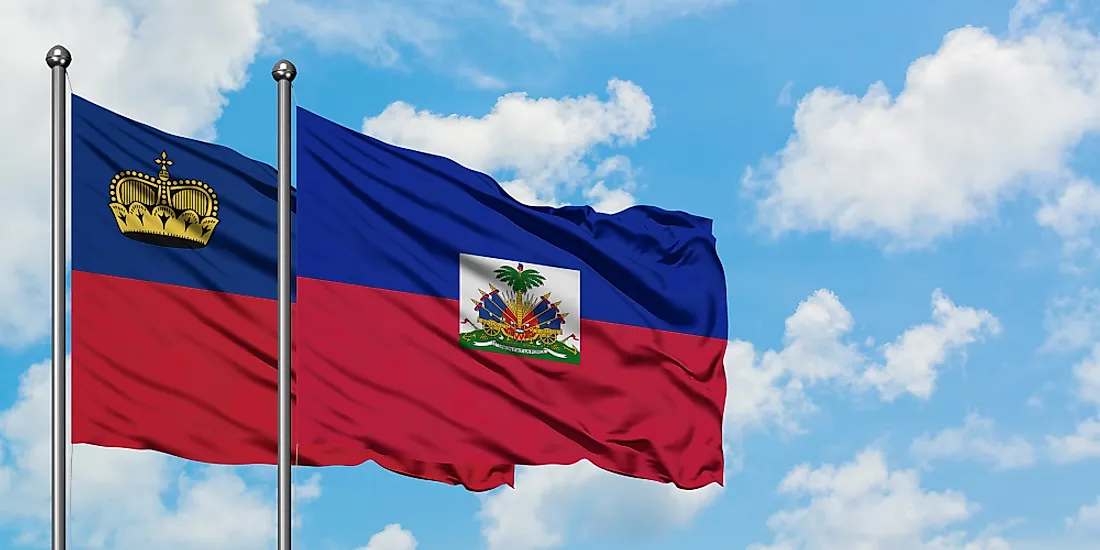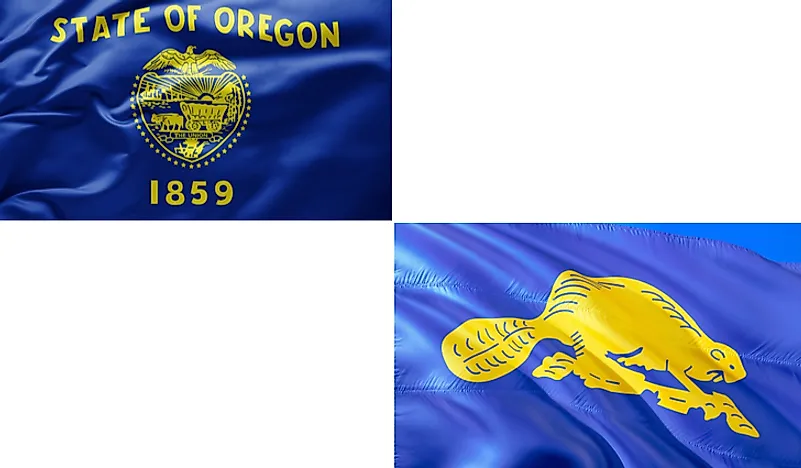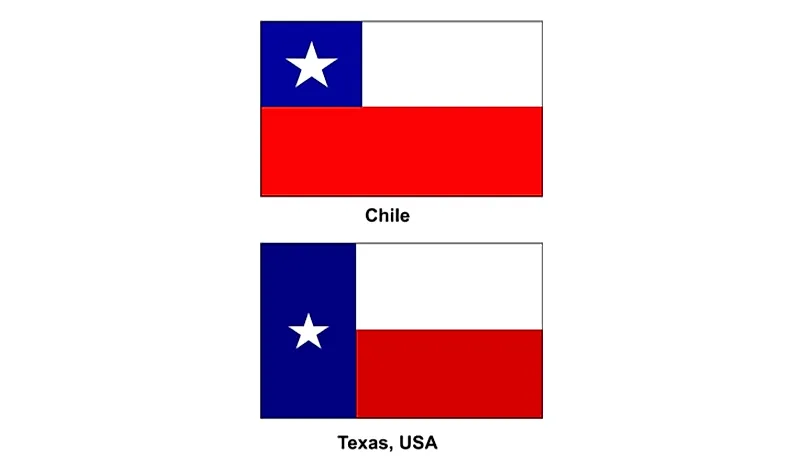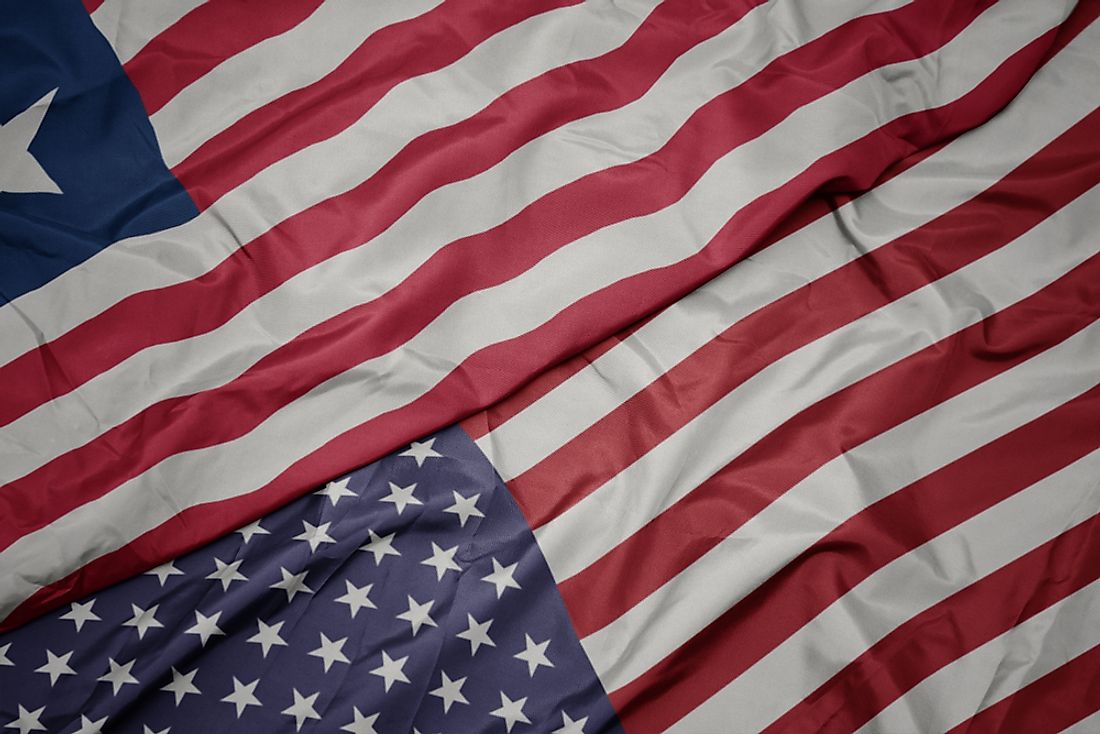The flag of Suriname consists of horizontal tri-bands of green on top and bottom, red sandwiched by white stripes. The red field has a large yellow five-pointed star at the center. The length to width ratio of the Suriname flag is 2:3. The green band is of double width while the red band is quadruple width. The flag became official on November 25, 1975, following the country’s independence.
The colors on the flag represent the different aspects of Suriname and the people’s aspirations. The green color at the top and bottom of the flag represents the country’s fertile landscape, opportunities, and hope for a better country. White symbolizes justice, freedom, and peace while the red field symbolizes love and progress. The yellow star at the center of the red field symbolizes the unit of the different ethnic groups, a golden future, and a spirit of sacrifice required from everyone for success or to achieve the goals set by the country.
The flag of Suriname was designed by Jacques Herman Pinas. Jacques’ design emerged the winner in a contest that was held by the then Minister-President Aron. The contest was held just before independence with Azimullah as the judging committee. The committee that was set up on June 17, 1975, received a total of 270 entries. Pinas’ design had a black star which was replaced with the yellow star despite the resistance from him. Once the flag was picked, the right to own the flag was taken away from Pinas. He might not have been rewarded for the design.
The pre-independent flag of Suriname used to feature five stars of different colors that were strung together. The colors were black, brown, golden, red, and white. The ellipse joining the stars stood for the smooth relationship enjoyed by the ethnic groups. The flag was made official in 1959 and was replaced by the current national flag.
This page was last modified on May 1st, 2018
More on Graphicmaps

Published on 2019-11-06
What is a Trade Embargo?

Published on 2019-11-04
Which Two Countries Used to Have the Same Flag?

Published on 2019-09-16
What Is the Only Two-Sided State Flag?

Published on 2019-09-16
Which Country Flag Looks Like the Texas Flag?

Published on 2019-08-29
Flags That Resemble the US Flag

Published on 2019-08-20
